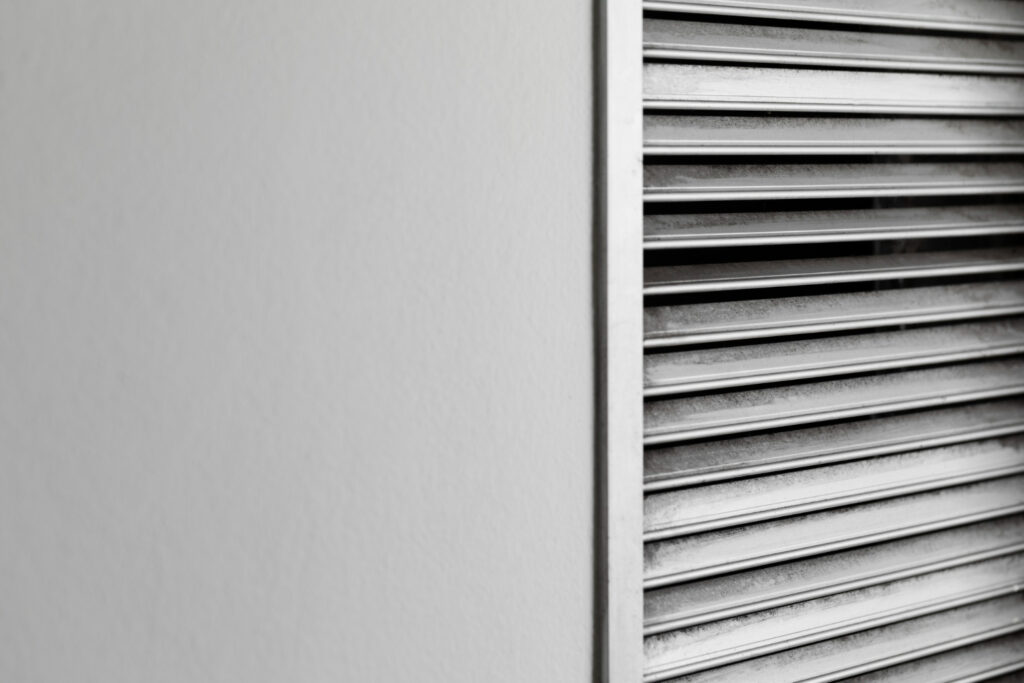Replacing air ducts is crucial for maintaining a comfortable and healthy home environment. Over time, air ducts can get damaged or clogged, affecting both air quality and energy efficiency. Knowing when your air ducts need replacement can save you from higher utility bills and ensure cleaner air in your home.
Choosing the right materials for air duct work directly impacts how well your HVAC system operates. Each type of material has different benefits and limitations, making it essential to pick the one that suits your home’s needs best. Properly selecting materials will lead to better performance and longer-lasting installations.
Replacing air ducts might seem daunting, but having a clear guide can simplify the process. By following laid-out steps, you can ensure the replacement is both safe and effective. Maintaining your new ducts ensures they function well for a long time, offering better air quality and lower energy costs. This introduction sets the stage for learning best practices for replacing and caring for air ducts to improve your home’s comfort and efficiency.
Signs That Indicate You Need Air Duct Work Replacement
There are several signs to look out for that indicate your air ducts might need replacement. One of the most noticeable signs is a spike in your energy bills despite consistent usage. If your HVAC system is working harder than usual to maintain the same temperature, it could mean the ducts are leaking air. Leaks or cracks in the ducts allow conditioned air to escape, reducing efficiency and leading to higher energy costs.
You may also notice uneven heating or cooling in different rooms of your house. If one room feels too cold while another feels too warm, it’s a sign that your air ducts are not distributing air properly. This can be caused by blockages, leaks, or even poorly designed ductwork. Hearing unusual noises from your ducts, such as rattling or whistling, can also suggest there are issues that need addressing.
Another clear indication is the presence of dust and debris around your vents. If you see an excessive build-up of dust or dirt, it means your ducts are not sealed properly, and contaminants are entering your home. This can also lead to poor indoor air quality and cause health problems for people with allergies or respiratory issues. Addressing these signs promptly helps keep your home comfortable and your HVAC system running efficiently.
How to Choose the Right Materials for Air Duct Work
Choosing the right materials for your air duct work is essential for ensuring the system runs efficiently and lasts a long time. Different materials offer various benefits and should be chosen based on your specific needs and the environment of your home. Here are some common materials and their benefits.
Flexible ducts are a popular choice because they are easy to install and can fit into tricky areas. They are made from a metallic coil covered with a plastic coating, making them flexible and bendable. While they are cost-effective and adaptable, they might not be the best choice for areas that require high durability.
Rigid metal ducts are another option, offering better airflow and durability. Usually made from galvanized steel or aluminum, these ducts are resistant to mold and damage, providing a long-lasting solution for your air duct needs. Although they can be more expensive and harder to install, their durability often makes them worth the investment.
Additionally, some ducts are made from fiberboard or fiberglass, which offer excellent insulation properties. These are good for reducing energy loss but can be prone to mold if not maintained properly. By considering the benefits and drawbacks of each type, we can help you select the best material for your specific needs, ensuring your air ducts perform well and last for years to come.
Signs That Indicate You Need Air Duct Work Replacement
Recognizing the signs that your air ducts need replacement is essential for maintaining a healthy indoor environment and efficient HVAC system. One of the most obvious signs is irregular airflow. If some rooms in your home receive a lot of air while others get very little, your air ducts might be damaged or blocked. Unbalanced airflow can make your home uncomfortable and increase your energy bills.
Another sign is unusual noises coming from your ducts. Rattling, whistling, or banging sounds could mean that your air ducts are loose or have gaps that need attention. Additionally, if you notice an increase in dust around your home even after cleaning, your air ducts may be leaking and spreading dust from within the system. Musty smells or the presence of mold around vents are also strong indicators that duct replacement is necessary to keep your home safe and healthy.
How to Choose the Right Materials for Air Duct Work
Selecting the appropriate materials for air duct work is crucial for the longevity and efficiency of your HVAC system. The most common materials used for air ducts are sheet metal, fiberglass lined, and flexible ducts. Each material has its advantages and specific applications. Sheet metal ducts are durable and less prone to mold, making them suitable for areas with high humidity. They are also easy to clean and maintain.
Fiberglass-lined ducts provide excellent insulation, reducing the risk of condensation and improving energy efficiency. However, they may require more frequent cleaning to prevent mold growth. Flexible ducts are easier to install and ideal for spaces with many angles and turns. They are cost-effective but might not be as durable as sheet metal or fiberglass options. When choosing materials, consider your home’s specific needs, climate, and budget to make an informed decision that ensures optimal performance and durability of your air duct system.
Conclusion
Ensuring that your home’s air duct system is in top condition is vital for maintaining a healthy and comfortable living environment. By recognizing the signs that indicate duct work replacement, choosing the right materials, and following best practices, you can significantly improve your home’s air quality and energy efficiency. Regular maintenance and timely replacements are necessary to keep your HVAC system functioning optimally, preventing potential health issues and higher energy costs.
If you suspect that your air ducts need attention or are considering a duct work upgrade, turn to the experts at All Thermo. Our skilled professionals are ready to assess your needs and provide high-quality, tailored solutions that will enhance your home’s comfort and safety. Contact All Thermo today to schedule your duct work inspection and experience the difference in air quality and energy efficiency.

